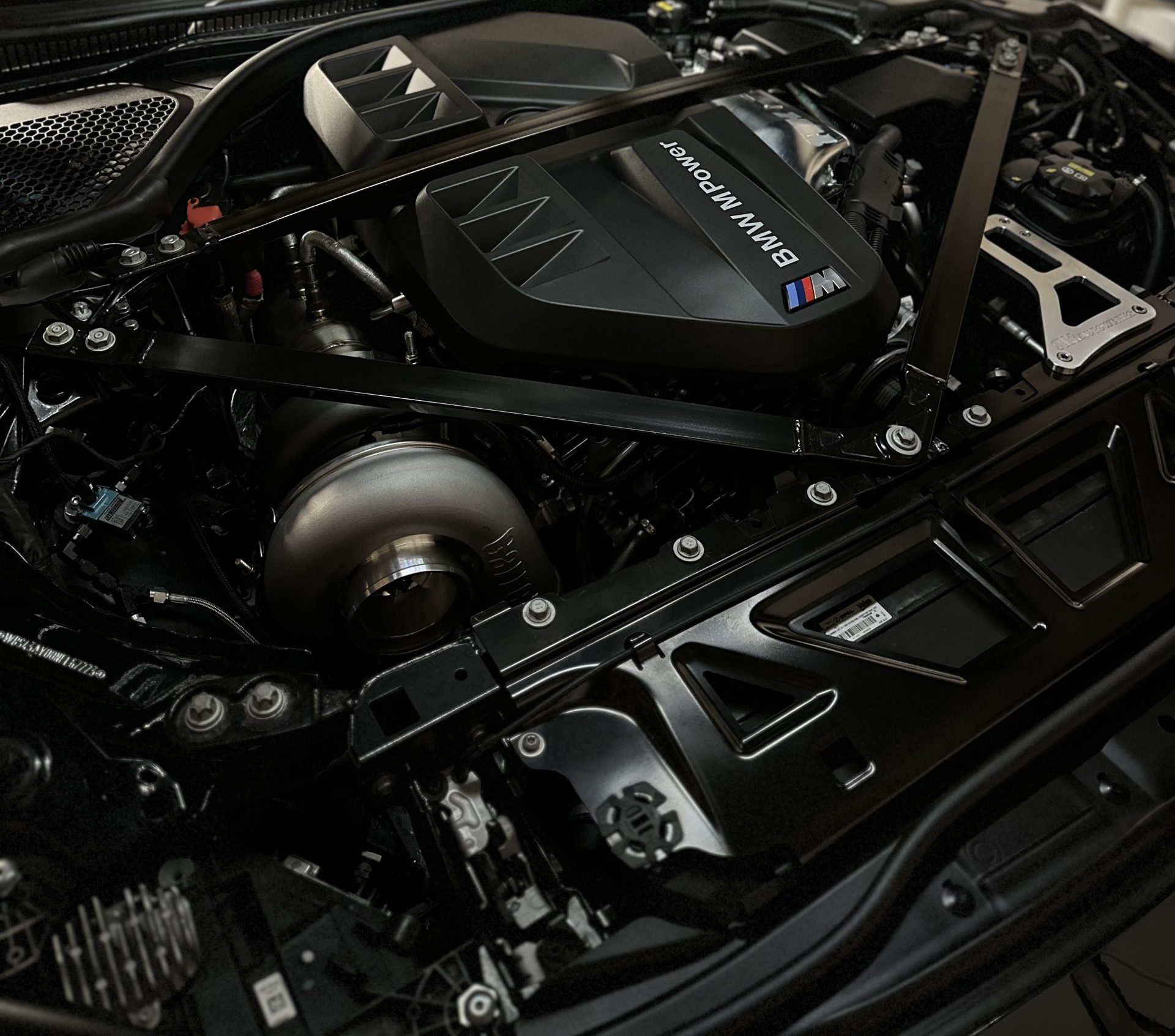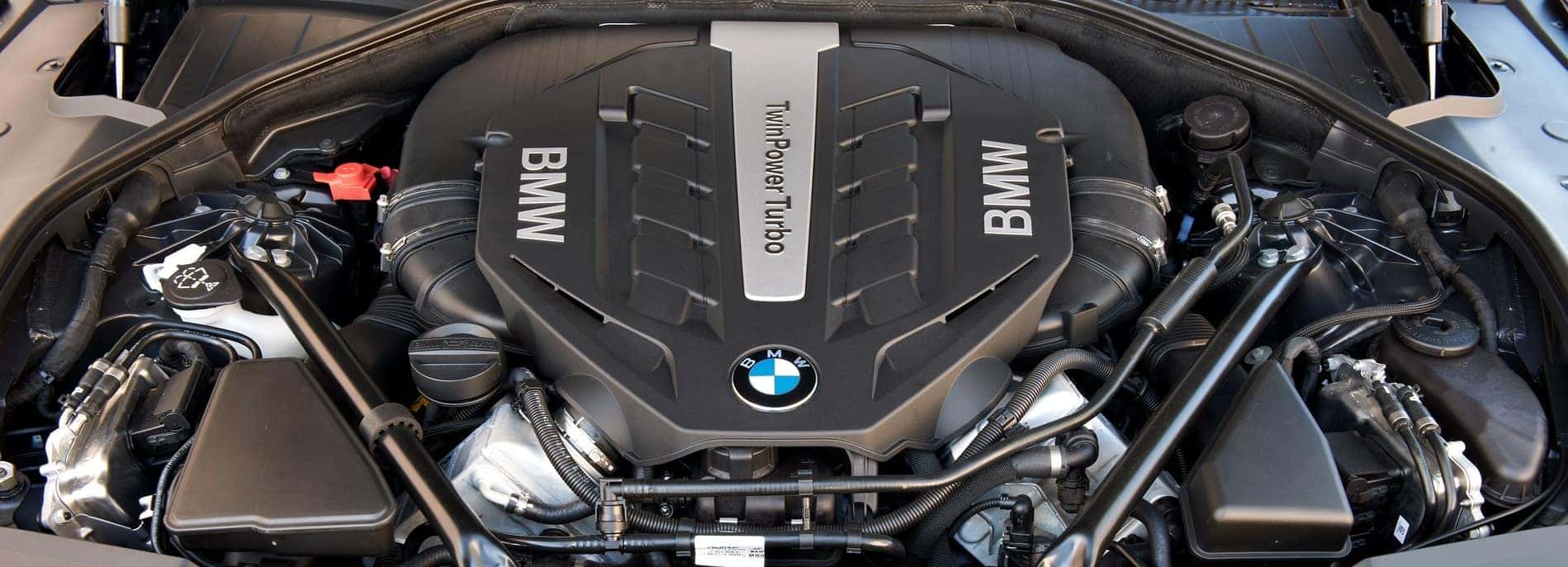Just how to Maintain Your BMW Engine for Optimal Performance and Longevity
Just how to Maintain Your BMW Engine for Optimal Performance and Longevity
Blog Article
Checking Out the Development of Burning Engines in Modern Transportation Solutions
As we browse the landscape of modern-day transportation, the development of combustion engines stands as a testimony to human resourcefulness and design prowess. The interaction of history, technology, and ecological issues in shaping the trajectory of burning engines creates a story that is both insightful and engaging.
Early Beginnings of Combustion Engines
Just how did the idea of combustion engines very first emerge in the onset of transport development? The origins of combustion engines can be traced back to the 17th century when the concepts of interior burning were first discovered. In 1673, Christian Huygens conceived a basic interior burning engine that utilized gunpowder to create power. However, it had not been till the late 19th century that useful applications of burning engines in transportation began to arise.
The innovation minute came with the creation of the initial effective gasoline-powered engine by Karl Benz in 1885 - bmw engine. This engine paved the way for the advancement of the modern-day auto, transforming transportation systems worldwide. Succeeding technologies by Nikolaus Otto and Gottlieb Daimler further refined combustion engine innovation, causing the automation of autos and the rapid expansion of the transportation industry
These very early burning engines were identified by their simpleness and effectiveness, laying the foundation for the complicated and powerful engines used in modern transport systems. The advancement of burning engines has been important fit the way we take a trip and move items, noting a considerable milestone in the background of transport advancement.
Transition to Internal Burning Innovation
The transition to inner burning technology noted an essential shift in the evolution of transport systems. This shift started in the late 19th century, with innovators like Nikolaus Otto and Gottlieb Daimler establishing the first effective internal burning engines. These engines reinvented transportation by supplying a much more powerful and reliable option to steam engines and electrical motors.
Among the essential benefits of interior combustion engines was their capacity to be scaled down to fit into automobiles, bring about the advancement of motorcycles and automobiles. This change from cumbersome, stationary engines to portable, mobile ones led the way for the contemporary transport systems we see today.
The transition to inner burning modern technology likewise stimulated developments in gas modern technology, leading to the advancement of gas and diesel as main gas resources for vehicles. This change not just made transport extra obtainable to the masses however also laid the foundation for the oil and gas sector to come to be essential to global economic climates.
Impact of Combustion Engines on Transportation
The fostering of burning engines in transportation systems catalyzed an extensive shift in the effectiveness and rate of global movement. Combustion engines revolutionized transport by supplying a trustworthy and versatile source of power for different automobiles, consisting of vehicles, aircrafts, vehicles, and ships. This advancement dramatically boosted the ability for goods and people to conform cross countries in much shorter period, resulting in enhanced connection in between regions and nations.
Moreover, the widespread use burning engines has actually had a substantial influence on economic development. The ability to move items efficiently has stimulated profession and commerce, allowing organizations to expand their markets and get to consumers worldwide. This has helped with financial growth and globalization, as products can currently be delivered faster and in larger quantities than in the past.
Nevertheless, the ecological impact of combustion engines can not be overlooked. The burning of nonrenewable fuel sources has actually brought about air pollution and greenhouse gas discharges, adding to environment change and posturing wellness threats to populaces. bmw engine. Because of this, there is an expanding focus on creating alternate propulsion innovations to reduce these negative impacts and produce a much more sustainable future for transportation
Developments in Burning Engine Layout
One notable innovation is the advancement of turbocharged engines, which utilize exhaust gases to drive a wind turbine that compresses inbound air, permitting for even more fuel to be charred, resulting in boosted power outcome without a why not check here significant rise in engine dimension. Variable shutoff timing systems have also changed engine layout by optimizing airflow at different engine rates, enhancing both power and efficiency. These technologies collectively add to the continuous improvement of combustion engines in contemporary transportation systems.
Future Trends in Combustion Engine Advancement
With innovation advancements driving continual advancement, the future of burning engine advancement is poised to change transport systems internationally. Among the vital patterns in burning engine advancement is the press in the direction of greater effectiveness and lowered discharges. Makers are investing greatly in research study and development to boost engine efficiency while fulfilling stringent ecological policies. This includes the assimilation of sophisticated gas shot systems, enhanced turbocharging approaches, and the usage of lightweight materials to enhance fuel usage and reduce carbon emissions.
One visit their website more famous pattern is the fostering of crossbreed modern technologies in burning engines. Crossbreed engines incorporate typical burning technology with electric power, offering enhanced fuel efficiency and lower exhausts. As the vehicle industry shifts towards electrification, hybrid burning engines are viewed as a transitional remedy that connects the gap in between traditional vehicles and totally electrical ones.
Additionally, the integration of clever modern technologies, such as expert system and information analytics, is expected to play a significant duty in the future of combustion engine growth. These modern technologies can enhance engine efficiency in real-time, causing more reliable combustion procedures and enhanced total automobile performance. Accepting these future patterns will not just drive advancement in combustion engine growth but additionally contribute to an extra lasting and ecologically pleasant transport community.

Conclusion
Finally, the development of combustion engines in modern-day transport systems has actually been noted by substantial advancements in technology and layout. From the early beginnings of combustion engines to the shift to interior combustion modern technology, these engines have actually had a profound effect on transportation. Innovations in burning engine layout remain to drive development in this field, with future patterns focusing on additional enhancing efficiency and reducing emissions. The future of combustion engines in transport looks appealing as r & d initiatives proceed to push boundaries.
The roots of combustion engines can be mapped back to Continued the 17th century when the principles of internal burning were initial discovered. These engines reinvented transport by supplying a more effective and effective choice to steam engines and electric motors.

Report this page